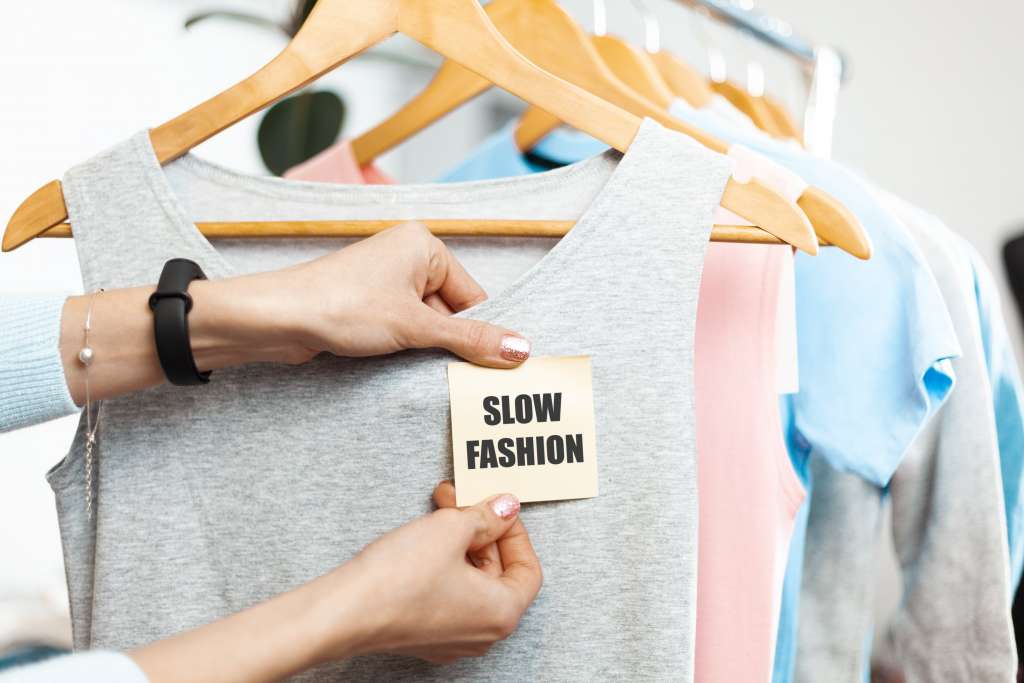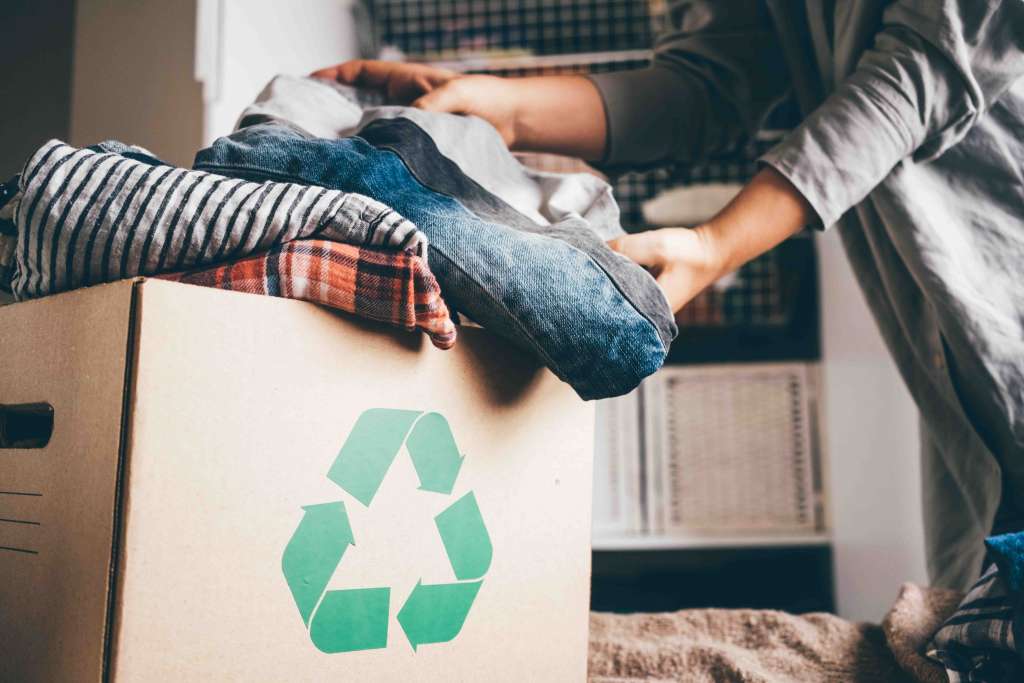Top Tips for a Healthy and Sustainable Community



Summary: With climate change weighing heavy on us, building sustainable communities is an urgent need. While it is a daunting task, businesses, including fashion brands, can do their bit. Here's looking at some steps for building a greener community.
Sustainability…the Need of the Hour
Most of us do our bit for the environment. Some opt for eco-friendly products; others reuse containers or segregate waste. But changes made by individuals, though important, cannot go far in promoting global sustainability. That’s where businesses come in.
Industries are some of the leading contributors to environmental pollution and climate crisis. Among others, fashion and agriculture are major contributors to global greenhouse gas emissions.
With a 10% contribution to global carbon emissions, the fashion industry has drawn much scrutiny from environmental groups and governments. Our industry is one of the largest contributors to climate change. To mitigate their negative environmental impact, fashion brands need to make more responsible choices.
On this front, some fashion brands are leading the way with their sustainability efforts. Here are some tips for brands looking to contribute to a sustainable community.
The Slow Fashion Movement

With growing environmental awareness in the fashion industry, sweeping changes have been made by some brands. More and more brands are shunning fast fashion and taking a sustainable approach to apparel manufacturing.
Fast fashion epitomizes cheaper clothes and faster trend cycles. The other side of the picture? Brands routinely discard unused clothing to make room for fresh stock. H&M, the fast fashion giant, is accused of burning tons of unsold clothing every year contributing to waste issues and poor air quality.
Journalist Kate Fletcher coined the term “slow fashion.” She took inspiration from the term “slow food movement” and first used the term in an article in The Ecologist.
Slow fashion is all about quality and awareness of the impact of a business on the community and environment. It is the first and critical step toward sustainable fashion.
Slow fashion is built on the following principles:
· Reducing waste and toxins in raw materials
· Introducing sustainable materials
· Fewer collections
· Cutting down waste
· Transparency
Here are some brands that are acing the sustainability game.
The Tentree Approach

Tentree is an earth-first apparel brand making sustainable clothing. Tentree’s clothes are made from sustainable materials such as cork, recycled polyester, and coconut. But its unique business approach sets it apart from other brands. For every garment sold, Tentree plants ten trees. To date, the brand has planted around 77 million trees and is aiming for a billion trees by 2030.
What’s more, the brand ensures that customers know how their purchase is making an impact. For community outreach and involvement, they use the veritree software. With veritree, customers can track the trees planted from their purchase.
Sustainability: The Everlane Way

Everlane, an American clothing brand, created a niche in the fashion industry with its direct-to-consumer business model. The brand boasts of transparency in its operations and operates without go-betweens. Combining transparency with sustainability, Everlane shares the cost breakdown of every item produced by them. Its efforts include:
· A strong relationship with manufacturing units to meet ethical standards
· Use of recycled materials such as plastic bottles for making garments
· Minimizing water use, waste generation, and carbon dioxide usage
Worn Wear by Patagonia
Patagonia, the outdoor clothing brand, is a leader in sustainable clothing. But that’s not where it ends. With its “Worn Wear” program, Patagonia tells its customers, “Don’t buy our clothes.” Instead, they offer to repair each torn garment and gear. The Worn Wear program has morphed into a valid business venture, with 40% growth reported last year.
To add to this, they also allow garment trade-ins by customers. With this, the brand helps lengthen the product lifecycle and reduces garment waste. The brand also encourages customers to buy second-hand gear.
What's more important, this business model has had a positive impact on the fashion community, as brands like The North Face and Arc'teryx emulate Patagonia’s strategy.
Avoiding Unsold Goods Pileup

Amour Vert, a clothing brand, has a unique approach to sustainability. To avoid waste from unsold clothes, the brand sources smaller batches of garments. Fashion brands can emulate Amour Vert's sustainability model by using the following:
· Partnering with mills to ensure the use of non-toxic dyes and sustainable fabrics
· Planting a tree with every purchase
· Following a zero-waste policy
· Creative recycling and reuse solutions
The Upcycling Movement
Garcia Bello, a clothing brand based on upcycling, has a unique approach. The brand combines fabric from unsold garments from previous collections to create unique fashion statements. This effort helps extend the life of each garment. Other agenda includes:
· Creating low-impact, durable and timeless pieces
· Using fabrics obtained from the community, organizations, and deadstock of stores
· Detailing by hand for impact and durability
· Workshops to create upcycling awareness and methodology.
The brand also shares resources to teach other brands how they can extend the life of their garments.
Final Thoughts…

With increasing environmental awareness, sometimes, a push in the right direction is all that’s needed. But for a major global impact, major industrial stakeholders should be held accountable for their actions.
Paving the way, the above brands have taken their sustainability efforts quite seriously. And they’ve been lauded for that. It’s time that we slow fashion down for good and build on these methods to create a sustainable community.
Key Takeaways
· Sustainability at the community level is essential for combatting growing climate concerns.
· While individuals can help, businesses and brands need to do their bit.
· With a few simple steps, fashion brands can implement sustainability with ease.
With brands around the world going green, fashion brands cannot be too far behind. If you are a fashion brand that strives for sustainability, Fashinza's AI-driven platform can help you partner with suppliers who guarantee efficiency and quality. Fashinza provides brands with much-needed supply chain support, from design to delivery.



















